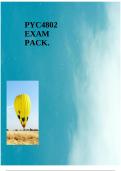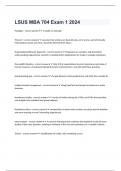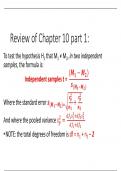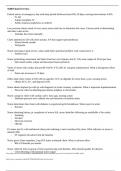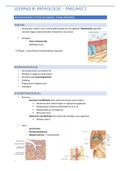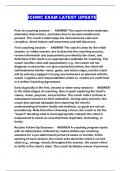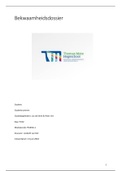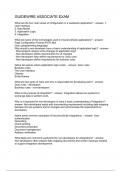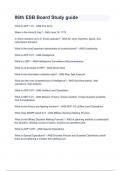Exam (elaborations)
PYC4802 EXAM PACK.
- Course
- PYC4802 - Psychopathology
- Institution
- University Of South Africa
PYC4802 EXAM PACK. 100% CORRECT questions, answers, workings and explanations. for assistance. PYC4802 A complete Summary of Theme 02 - 05 & ALL Exam Questions (2018/2019) THEME 02 Trauma and Stressor Related Disorders 1. Posttraumatic Stress Disorder (PTSD) – *Duration more than 1 month...
[Show more]
